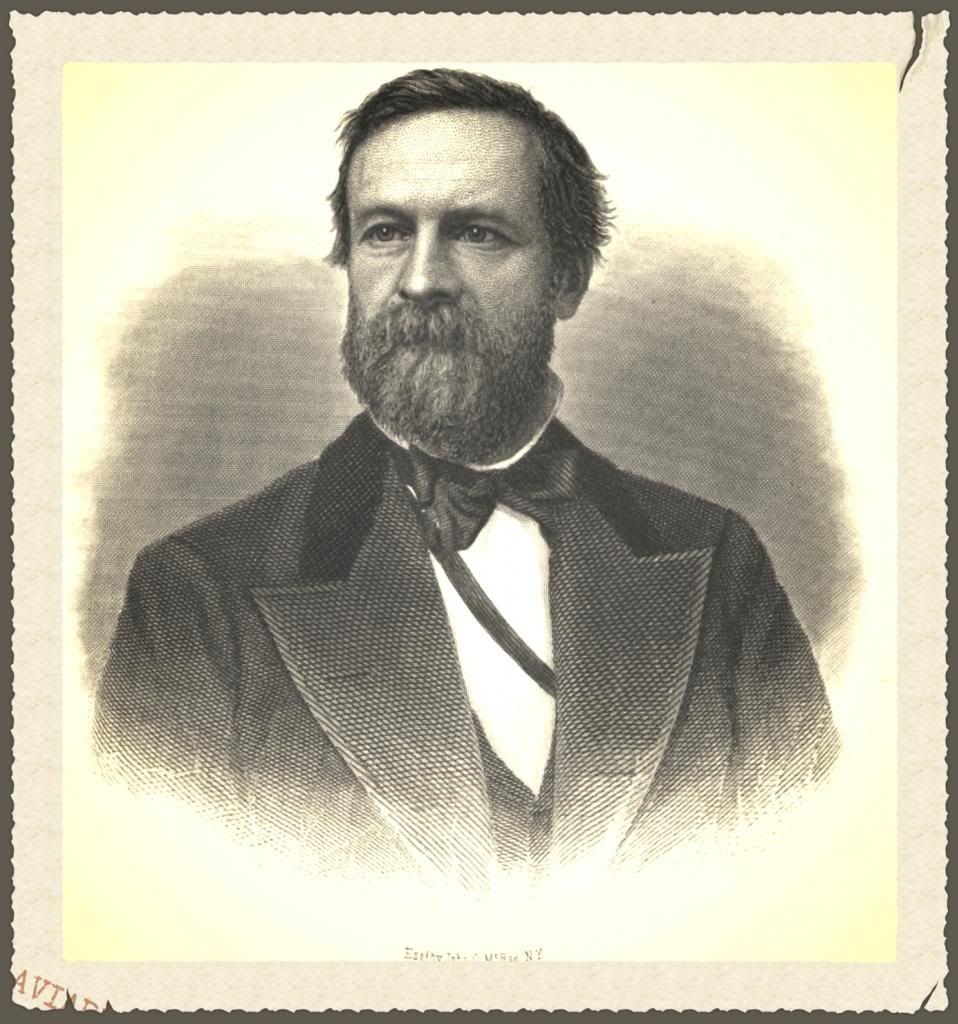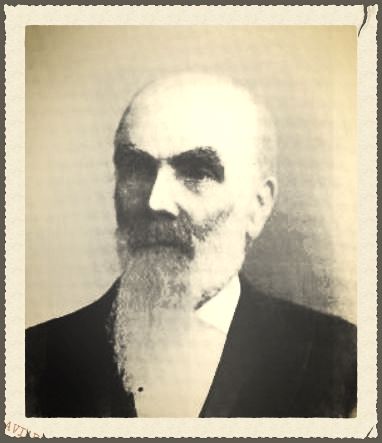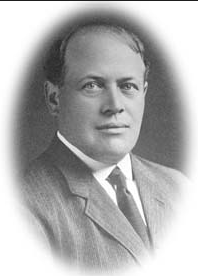

Edward P. Allis
Edward P. Allis was an American businessman and a leading political figure for the Greenback Party in the mid to late 1800’s. In 1846 his first business venture was a leather company in Two Rivers, Wisconsin. He eventually sold out to his partners, and in 1860 he purchased a bankrupt iron products manufacturing company. Over time, the Edward P. Allis Company expanded into producing steam engines, and by 1900 the company had become one of the largest steam engine builders in America. Although Mr. Allis died in 1889, his sons, Charles and William Allis, continued to run the company.
Thomas Chalmers
Thomas Chalmers was a Scottish immigrant who came to the United States in the early 1840’s. He was employed with the P.W. Gates firm who “built the first steam-operated sawmill in the country.” In 1872, Thomas Chalmers pursued his own entrepreneurial path, and formed Frasier & Chalmers. The company began by manufacturing mining machinery, boilers, pumps, and later adding steam engines to the product line. By 1890 Frasier & Chalmers “had become one of the world’s largest manufacturers of mining equipment.” Chalmers son, William James Chalmers, lead the company as president from about 1890 to 1901.
In May 1901, Frasier & Chalmers, the Edward P. Allis Company, and a third company, Dickson Manufacturing, merged their companies together to form the Allis-Chalmers Company. Dickson Manufacturing built boilers, steam engines, locomotives, internal combustion engines, blowers and air compressors.

Otto H. Falk
Due to financial difficulties, the Allis-Chalmers Company was reorganized in 1913, and was renamed the Allis-Chalmers Manufacturing Company. Otto H. Falk, a prominent and astute businessman, and former Brigadier General of the Wisconsin National Guard, stepped in as president to turn the company’s financial troubles around. Falk’s initiatives included consolidating operations, diversification of products, and expanding and entering new markets. Mr. Falk saw potential for company growth in agricultural equipment, which was an emerging industry across the United States at the time. He went on to acquire the LaCrosse Plow Company and the Advance-Rumely Thresher Company to become a contender in the farm tractor market.
Henry C. Merritt
Originally, the first Allis-Chalmers farm tractors were dark green. That changed in 1929 when Mr. Falk hired Harry C. Merritt as the Tractor Department Manager. Merritt had experience working in the sales and marketing of farm and construction equipment. While on a trip, Merritt saw the bright orange poppies blooming on the California hillsides, which inspired him to choose the color “Persian Orange” for the new Allis-Chalmers tractors. The Model “U” was the first tractor to feature the Persian Orange color scheme.
Over time, these signature orange tractors came to symbolize the reliability and innovation of the company, its sales methods and its products. From the time they began producing the orange colored farm equipment they became an image builder for Allis-Chalmers.
By the time of Otto Falk’s death in May 1940, the Allis-Chalmers Manufacturing Company had established itself as the third largest producer of farm equipment. The entrepreneurial spirit and business savvy of these men, and countless others within the Alliis-Chalmers organization left an imprint on the world with it’s industrial machinery and farming equipment.
